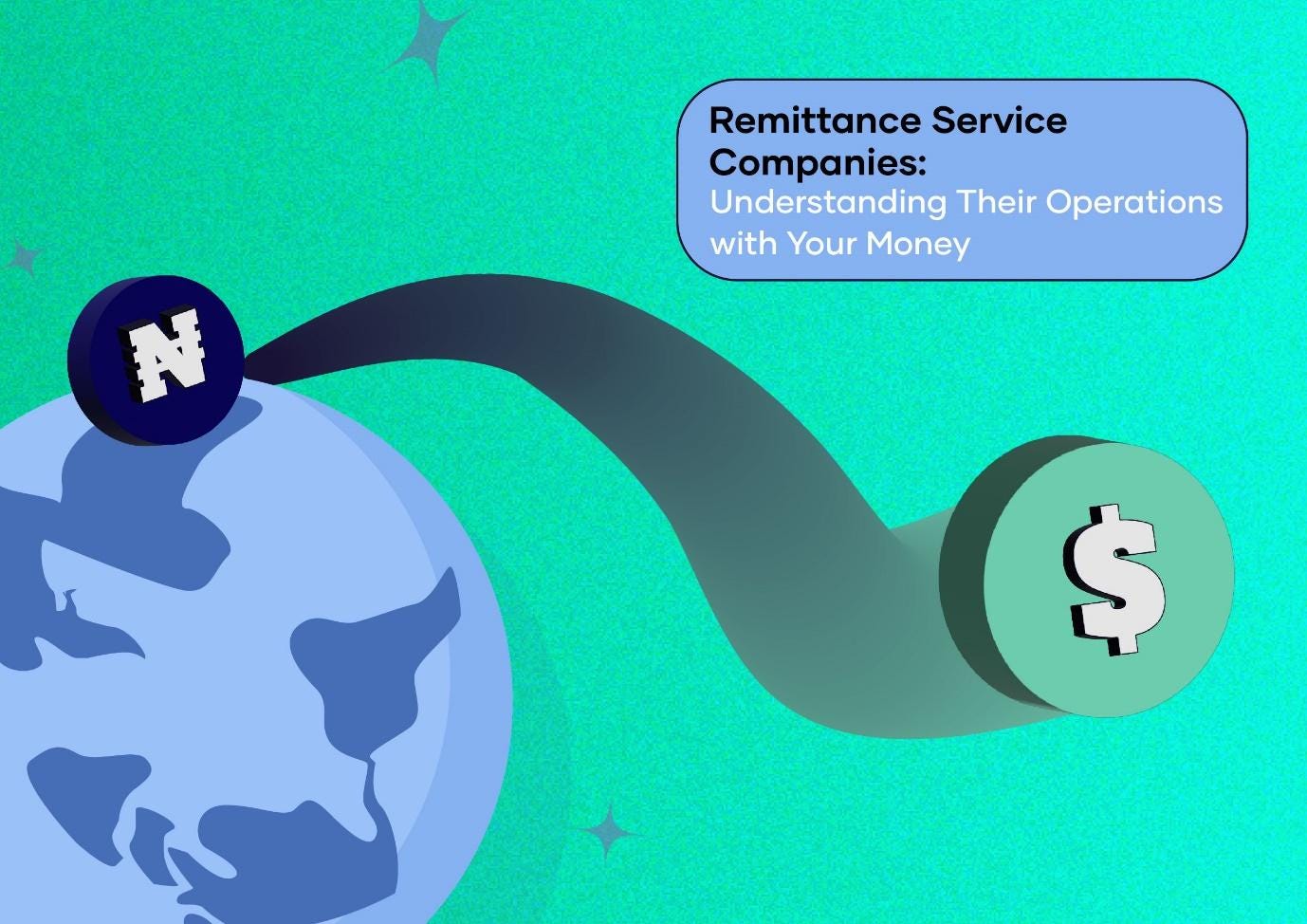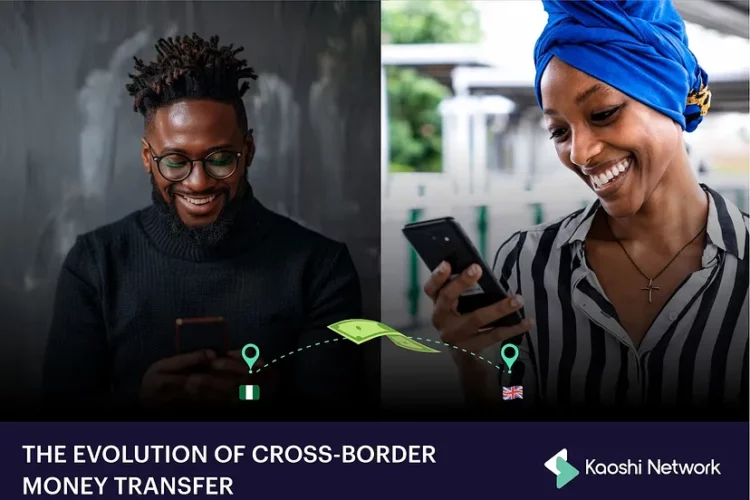
Increase in globalisation has demanded more from us, especially with regards to the movement of money within and outside borders. Consequently, we have companies who play a crucial role in facilitating the movement of funds across international borders, supporting economic development, and helping connect people around the globe. These companies are called Money Transfer Operators or Remittance Service Companies. To put it simply, a remittance can be defined as the transfer of funds from one person to another as a bill, invoice or even a gift. At Kaoshi Network, we serve as a marketplace for these remittance services and our KaoshiPay Widget is here to help. With the KaoshiPay Widget, you’re able to initiate and complete payment transactions for any remittance service of your choice on the network. But for the remittance services, their inner workings and how they handle your money may seem complex. Everyone would want to be fully aware of how their money is being moved from them to their recipient. In this article, we’ll delve into what remittance service companies are, how they operate, and what you need to know when using their services.
What are Remittance Service Companies?
Remittance service companies, also known as money transfer operators (MTOs), are financial institutions that specialise in facilitating the transfer of money from one location to another, typically across international borders. These companies provide a convenient and reliable way for individuals to send money to family members, friends, or businesses in their home countries or abroad. As a customer, when you match a Hybrid P2P transaction or a Non P2P transaction on Kaoshi Network, through the remittance service you selected, your money is safely moved from you to your destination. Good examples of the popular remittance services are Wise, World Remit, Remitly, MoneyGram, Western Union etc.
How do Remittance Services Operate?
The whole process kickstarts when a customer initiates a money transfer request through various channels, including online platforms, mobile apps, or physical agent locations. As a Kaoshi Network customer, if you want to swap your NGN for USD into your domiciliary account for example, you’re not left out either. Customers are required to then provide personal information and details of the recipient, including name, address, contact information, and the amount to be transferred. The Remittance service companies then get to work verifying the identity of you, the customer, and the recipient you have provided. They are required to do this as part of their compliance with regulatory requirements and anti-money laundering (AML) laws, and to ensure that the transactions are legitimate and non-fraudulent.
After verification, and the transfer request has been approved and received, it’s time for the remittance service company to collect the funds. The remittance service company collects the funds from the sender through various payment methods, including bank transfers, credit or debit cards, cash deposits, or mobile money. This depends on your choice of payment method. At Kaoshi Network Network, you have an option to pay with your debit card or a bank transfer. If the sender’s currency is different from the recipient’s currency, the company will then convert the funds into the appropriate currency at the prevailing exchange rate. However, some companies offer competitive exchange rates and may charge a fee or a margin for currency conversion.
The remittance service company will then go ahead to process the transfer and deposit the funds to the recipient through various payout options, including bank deposits, cash pickup at agent locations, mobile wallet transfers, or delivery to the recipient’s doorstep. All these options are still at the discretion of the people involved in the transfer and so you choose your preferred payout option. At Kaoshi Network, we encourage Bank Deposits. It is also worthy to note that throughout the transaction process, companies are required to adhere to strict regulatory guidelines and AML laws. They constantly monitor the transaction, identity verification, and risk assessments to detect and prevent fraud.
Once the transfer is processed, reviewed, and cleared, the recipient then receives the funds in their local currency through the chosen payout method. Recipients may be required to provide identification and transaction details to collect the funds, depending on the local regulations and company policies. Both the sender and recipient receive notifications or confirmation of the transaction, including transaction details, reference numbers, and payout instructions, ensuring transparency and accountability throughout the transfer process.
So, you don’t have to be confused about the operations of remittance services anymore. They are here to facilitate our transfers and make them as seamless as possible. From the initiation of a transaction till the confirmation of the completed transfer, they take careful steps to ensure every detail goes to plan and your money gets to your recipient. Now by understanding how these companies operate and the processes involved in transferring funds internationally, you can make informed decisions when choosing a remittance provider and be sure of the security and efficiency of their transactions. Whether you’re sending money to support loved ones, investing in opportunities abroad, or managing international payments for your business, remittance service companies offer a convenient, accessible, and trusted solution for transferring funds across borders.




